-
Postów
494 -
Dołączył
-
Ostatnia wizyta
Typ zawartości
Nowości
Receptury medalowe
Profile
Forum
Galeria
Pliki
Blogi
Wydarzenia
Sklep
Collections
Giełda
Mapa piwowarów
Odpowiedzi opublikowane przez BretBeermann
- Poprzednia
- 1
- 2
- 3
- 4
- 5
- 6
- 7
- Dalej
- Strona 2 z 12
-
-
Baltic Porter #1
8 L Batch Size
3 kg Pale Ale Malt (Weyermann)
200 g Brown Malt
200 g Pale Chocolate Malt
100 g Roasted Barley
30 g Tettnang for 90 minutes
SafLager 34/70 Slurry (from Vienna Lager)
Mashed in with 10 L of water to hit 67 C. Mashed for an hour. Gravity right around 20 BLG. Fermenting at 11 C for a month or two before bottling.
-
Munich Dunkel #2
10 L Batch Size
1.75 kg Vienna Malt (Weyermann)
350 g Munich 20 L
80 g Pale Chocolate
175 g Melanoiden Malt
30 g Tettnang for 30 minutes
SafLager 34/70 Slurry (from Vienna Lager)
Mashed in with 7 L of water to hit 67 C. Mashed for an hour. Gravity right around 12.5 BLG. No-chilled in the keg overnight. Fermented at 11-12 C. Wanted to brew a Dunkel, but lacked Munich malt. Made due with dark Munich and Vienna.
-
Rauchmarzen #1
10 L Batch Size
1.9 kg Viking Pear-smoked Malt
300 g Caramunich Type II
100 g Flaked Barley
12 g Tettnang at 60 minutes
18 g Tettnang at 5 minutes
SafLager 34/70 Slurry (from Vienna Lager)
Mashed in with 7 L of water to hit 67 C. Mashed for an hour. Gravity right around 12 BLG. No-chilled in the keg overnight. Fermented for 3-4 weeks at 11-12 C. Nice body, nice balance, and easy drinking on this beer. Wife says it is too easy to drink one after another. Smoke not overly assertive. Quite pleasant. Will definitely consider using pear-smoked malt again.
-
Tak, jak piszą. Ja robię na raty (jeden raz). Uzywam proporcja 3:1 litrów:kg słód. Potem oddam reszta woda że będzie ile litrów objętość jak chcę na końcu przed gotowania.
-
Śrutowanie 10 minuty
Zacieranie 30-60 minuty
Filtracja BIAB 5 minuty
Sparge 5 minuty
Gotowania 30-60 minuty
Chłodzenia 15 minuty
-
To prawdopodobnie wiecej niz normalny dla mnie.
-
90 minuty dla mnie najszybszy.
-
Na ekstrakcie czy na słodzie?
-
Bedzie VAT. Jak masz rachunek, jeszcze 22% procent może być. Czasami płacę VAT a czasami nie. Coś wielkiego jak to, prawdopodobne bedzie miał.
-
Jest popularny używac klej i kredki:
http://www.bertusbrewery.com/2012/12/how-to-wax-dip-bottles.html
-
Ja odbiorę gestwy przez diptuba bez problemów. Używam picnic tap.
-
Ja używam kegi 19 L do fermentacji.
https://www.morebeer.com/products/fermentasaurus-conical-fermenter-925-gal-35.html
Za 120 dollarów, 35 L, to jak 2 x kegi 19 L. Może lepiej kupic 2 kegi i uzywac, bo mają inne atrakcji niż ten fermentasaurus. Na stożkowy z butelka na doł, powinna byc montowany przez fermentacji i otwarty, zamkniety po fermentacji, a możesz ciągnąć. Przez keg masz drozdze na dole i możesz używac przez diptuba. Są stal. Więcej PSI. Możesz rozlewac prosto do butelki beż refermentacji.
-
Vienna Lager #1
12 L Batch Size
2.6 kg Vienna Malt (Weyermann)
50 g Carafa Special II
50 g Melanoiden
30 g Flaked Barley
18 g Mittelfruh at 60 minutes
12 g Mittelfruh at 5 minutes
SafLager 34/70
Mashed in with 8 L of water to hit 67 C. Mashed for an hour. Boiled it down to about 11.5 BLG. No-chilled in the keg overnight. Fermenting at 14 C for a few days before ramping up. Aiming to drink on Thanksgiving (23.11)


-
34/70 działa bez dużo problemów na wysokiej temperaturze. Są "eksperymenty" że mają informacje na ten temat:
-
American Pale Ale #1
12 L Batch Size
2.2 kg Vienna Malt (Barke)
200 g Caramel 120 L
100 g Brown Malt
15 g CItra at 10 minutes
15 g Mosaic at 10 minutes
30 g Citra at flameout
30 g Mosaic at flameout
Wyeast 1968 - Startered
Mashed in with 7.5 L of water to hit 66.7 C mash temperature. Mashed for 45 minutes. Drew off two sets of runnings to hit 14 L of liquor, and boiled for 30 minutes. No-chilled in the keg. Fermented it for 5 days before kegging, crashing, and started drinking on day 6. Great aroma, nice balanced bitterness. Darker in color than I was aiming for due to the maltsters used I'm sure, but still within style as a high SRM Pale Ale. Drank straight out of the fermentation keg.


-
-
-
Non-alcoholic Ginger Ale #1
10 L Batch Size
Zest of 2 limes and 1 lemon
2 Large Pieces of Ginger (Minced or Grated)
Juice of 2 limes and 1 lemon
3 cups of sugar
Begin by bringing 9 L of water to 68 C. Add zest and ginger to a bag or otherwise make sure you can remove/strain it later. Leave, covered, for a few hours. Remove ginger and zest, and add the sugar and juice. Bring to 90 C. Pour into sanitized keg, adding 1 teaspoon of potassium sorbate (sorbinian potasu). Cover, and put under CO2 pressure. Purge the headspace, and allow to cool before chilling and carbonating.

I use my hop strainer to make the infusion/tea. It works wonderfully.

I add the sorbate (granulated) without hydrating straight to the keg. The sorbate inhibits spoilage (fermentation). With sorbate, you can bottle it and store at room temperature for up to 6 months before you begin to detect spoilage. Any spoilage works slow, meaning you catch the sulfur production and increase in carbonation prior to any risk of explosion.

If put in a keg and kept cold, it should last much longer (if you don't drink it all).
-
-
In the U.S., wort is often "canned" for safe storage to be used for yeast starters without having to heat and cool a wort using expensive and difficult to store DME. We tend to use mason jars, a common item similar to the Weck-style jars in Europe. In order to inhibit botulism toxin formation, pressure and heat must be used to destroy any spores. Without a pressure cooker/canner it is impossible to know your wort is safe. Although the risks are low, it is worth investing the small amount in reasonable equipment to protect one's life. Here in Poland, borosilicate lab jars are affordable (labglas.pl has good prices). These jars are autoclavable, allowing them to be sterilized in pressurized cookers. They act as a great substitute for mason jars, and do not have metal components which can oxidize.

My 12-liter pressure cooker can fit 7 x 500 mL Labglas.pl autoclavable bottles without issue. I adapted a perforated flat false bottom for use in the cooker, keeping the jars off the bottom. The bottom of the cooker is filled with water to create the humidity necessary to sterilize.

When making a typical batch with wort suitable for starters, mashing more grain and using some of the runnings for this purpose is ideal. Starter wort should be between 7-10 BLG for optimal yeast propogation. Small mashes on the side can be a quick project for producing starter wort as well. In my setup, I am capable of running the pressure cooker next to my boil kettle, doing both at once.

Pre-boiling the starter wort helps drop out proteins in the hot break, but is not necessary. If you use the wort directly from the mash, it will have more sediment. With these bottles and their neck (unlike Mason jars) it is easy to keep most of the sediment in the bottle when pouring into your flask or other starter container.

I use a funnel to fill the bottles. If you fill them to the top, they will boil over during pressure cooking. Even at these kinds of levels, you will lose some wort in some cases. If you attempt to depressurize the cooker before it has cooled down completely, the change in pressure will cause them to boil over more than usual. It is best to make a batch matching the size of your pressure cooker, and let it sit overnight. The lids should be placed on and turned partially so that they are not fully sealed, but stay on the bottle.

Once they are cool, open the cooker and tighten down the lids. Wash the jars off and store them. I open 2-3 and dump them into a sanitized flask and pitch the yeast directly.

-
-
Cały dzien gotujesz?
-
Jak masz mnie kolegów, keg 2.5 chodzi do plecaku bez problemów. Mozesz kupic plecak termiczny. Kupiłem adapter i InterTap i uzywałem na balkonie u kolegi bez problemów:
-
Seems some people I link threads to are getting DNS errors, others not. For me they loaded in Chrome, Firefox, but not Edge.
- Poprzednia
- 1
- 2
- 3
- 4
- 5
- 6
- 7
- Dalej
- Strona 2 z 12










.jpg.319018166e0c927ca6f58fdfd463d5d6.jpg)
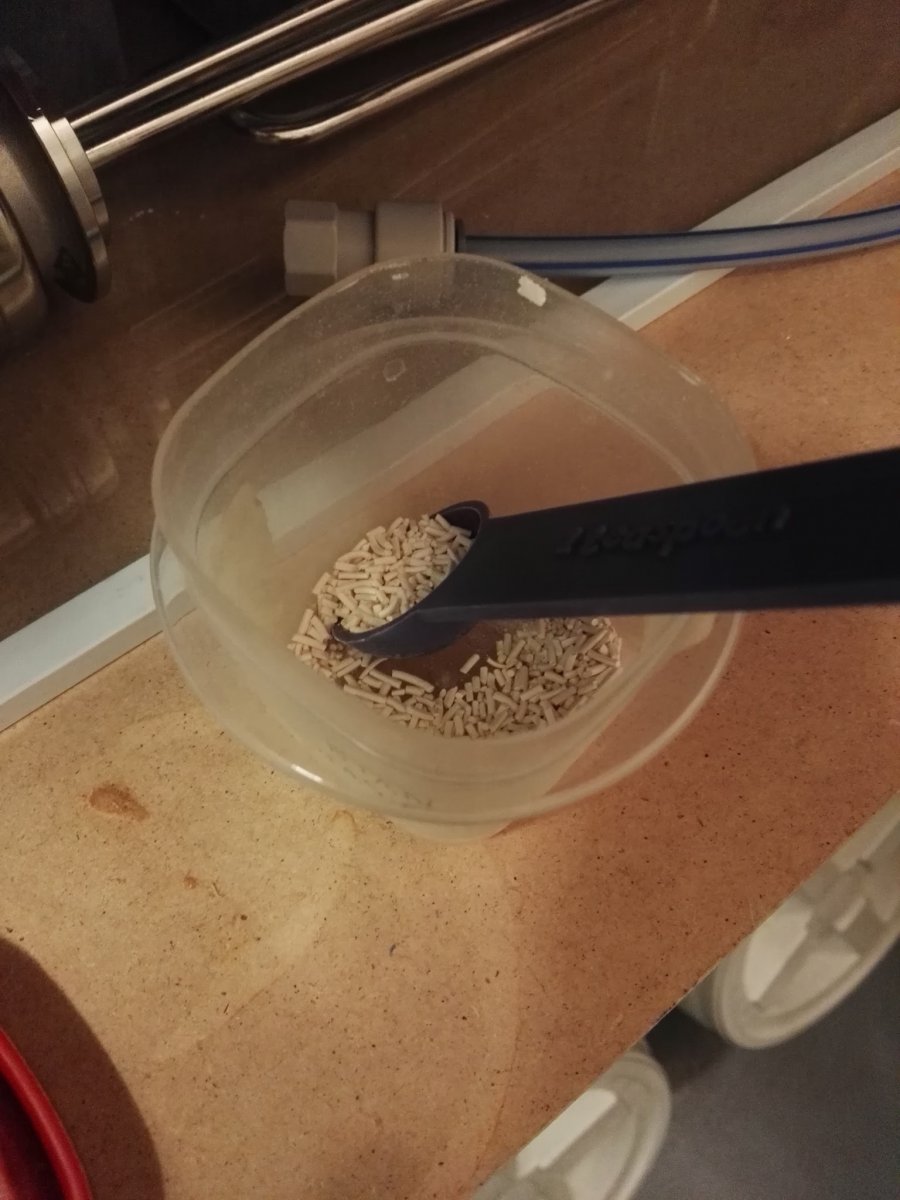
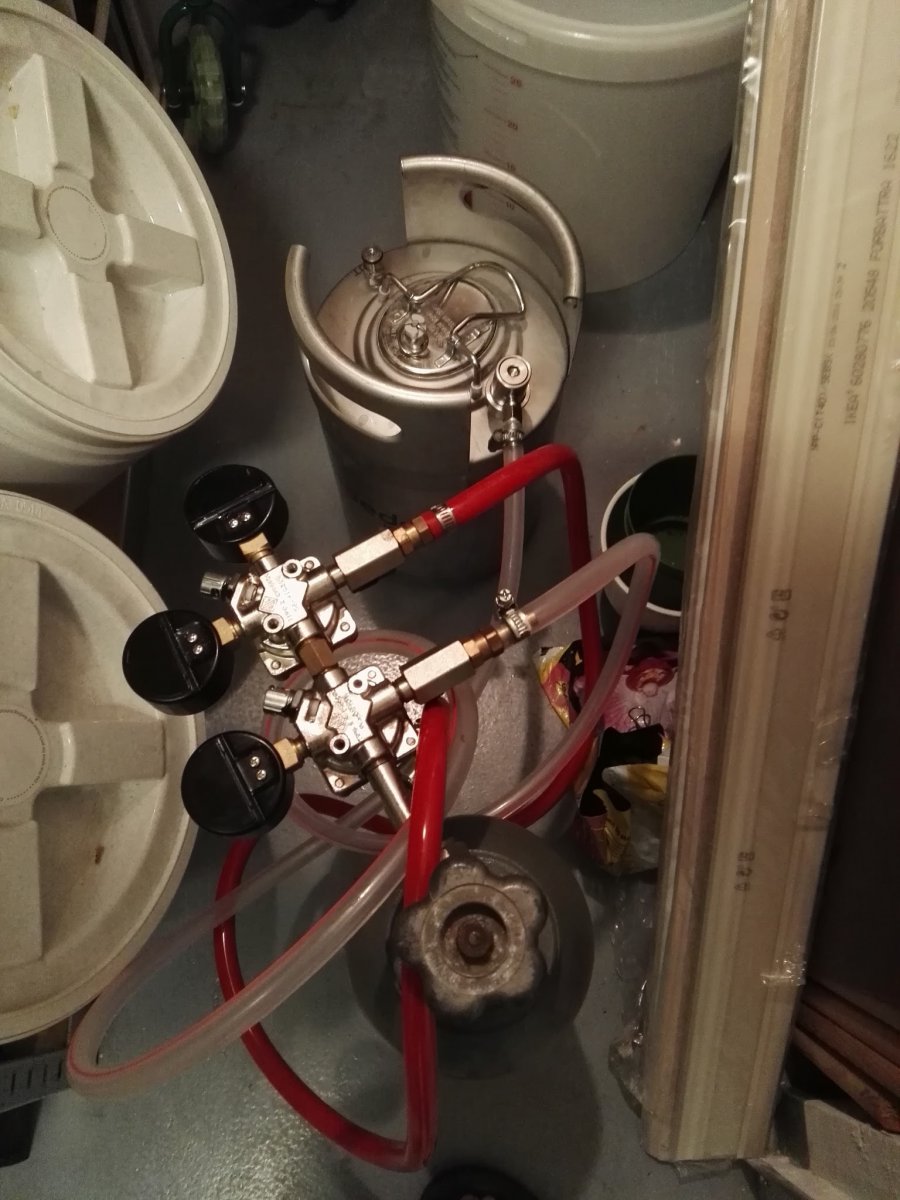

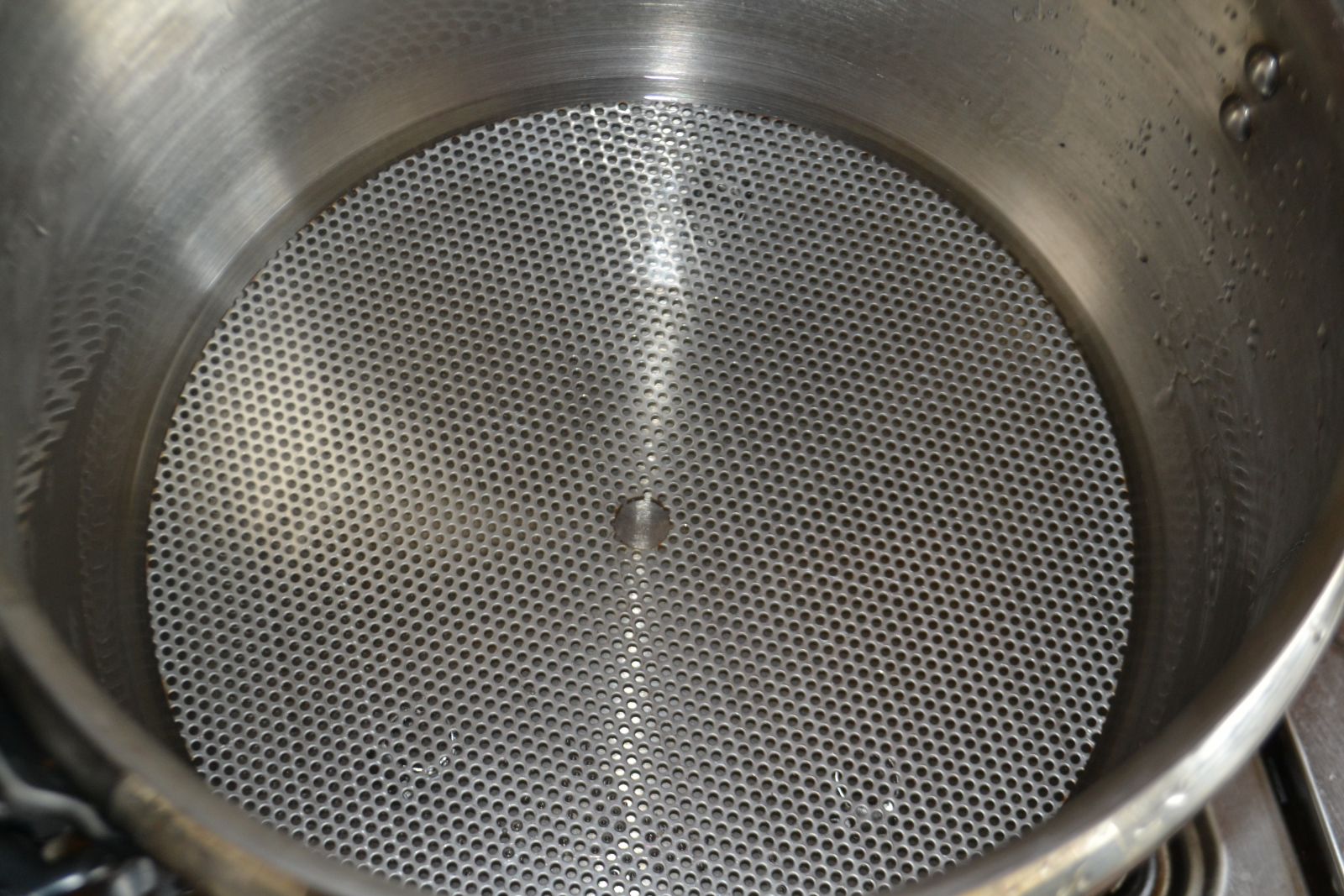
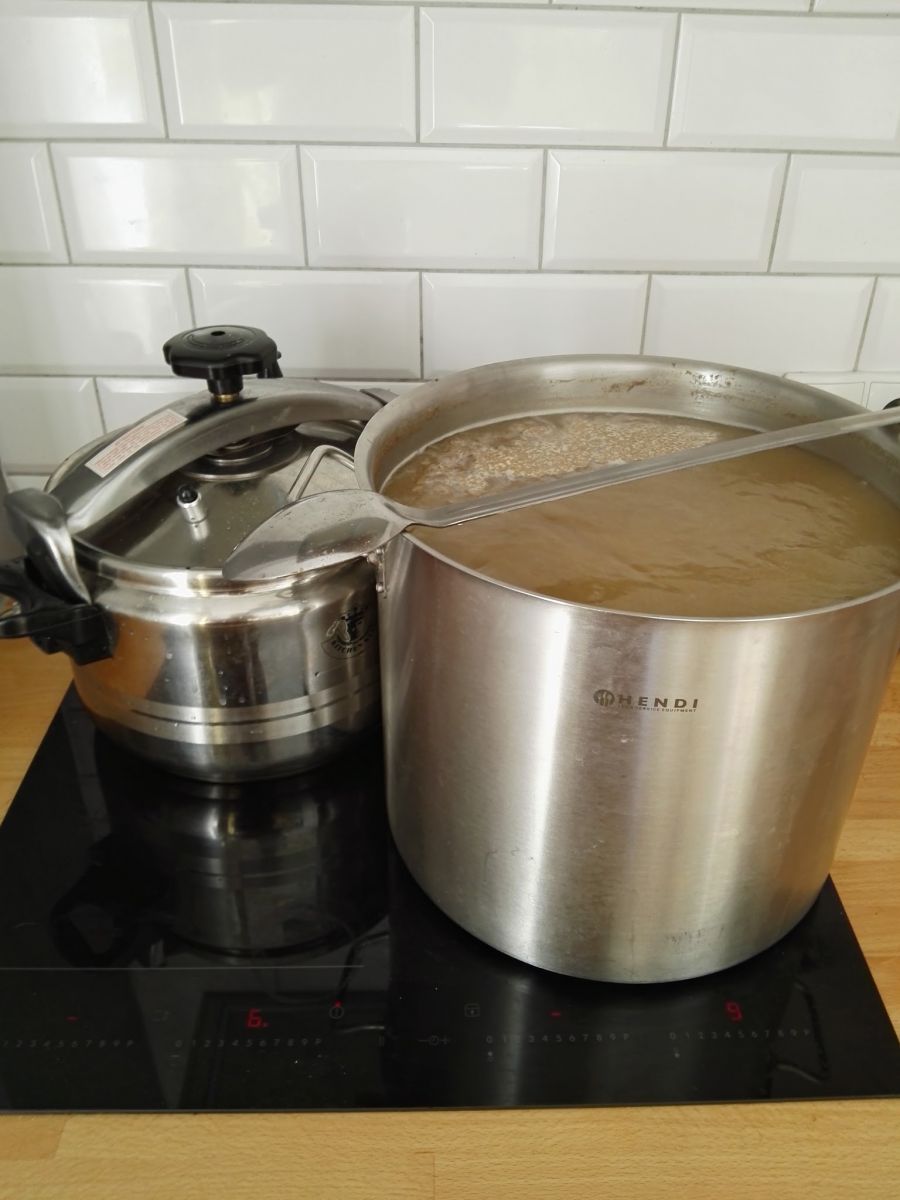

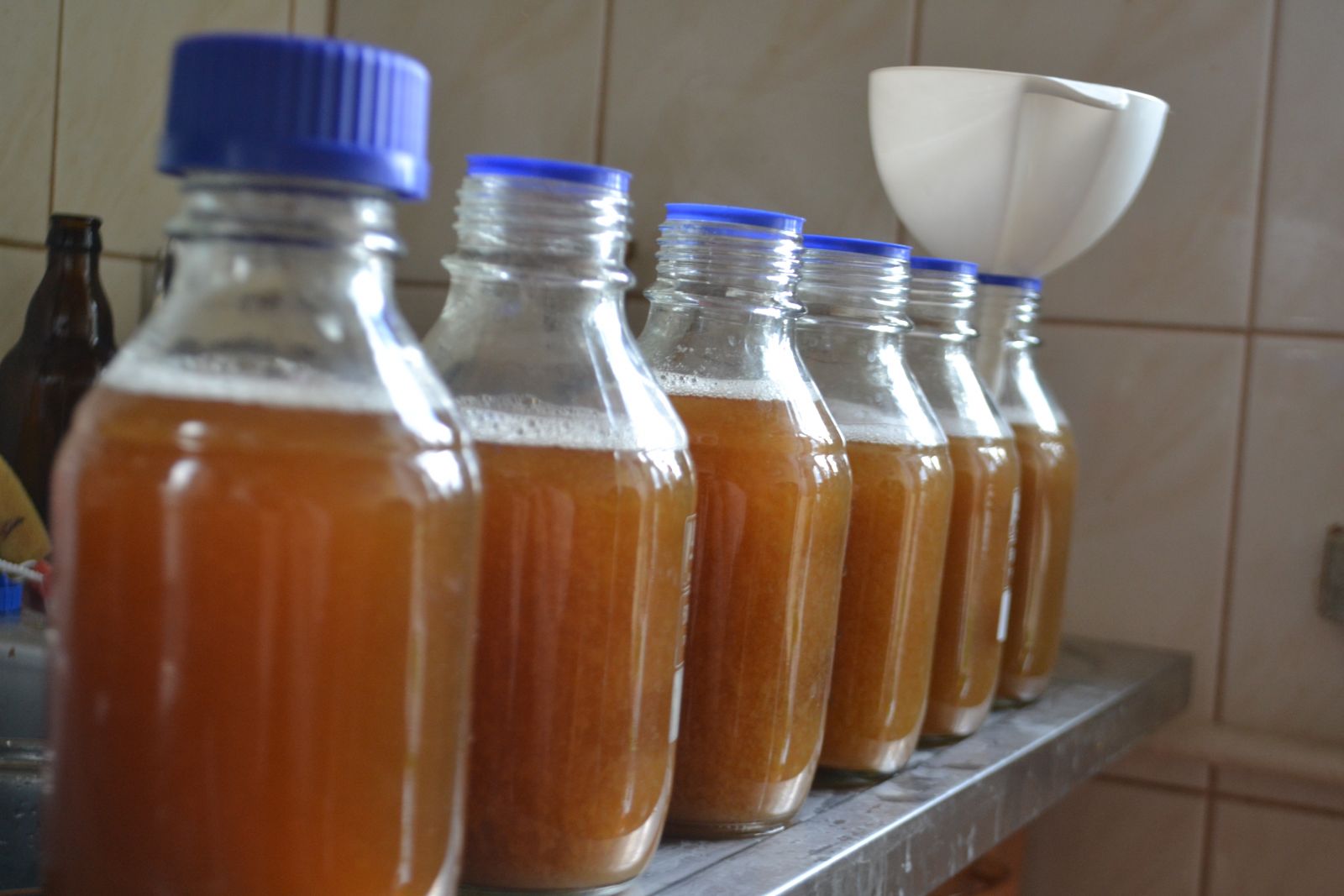
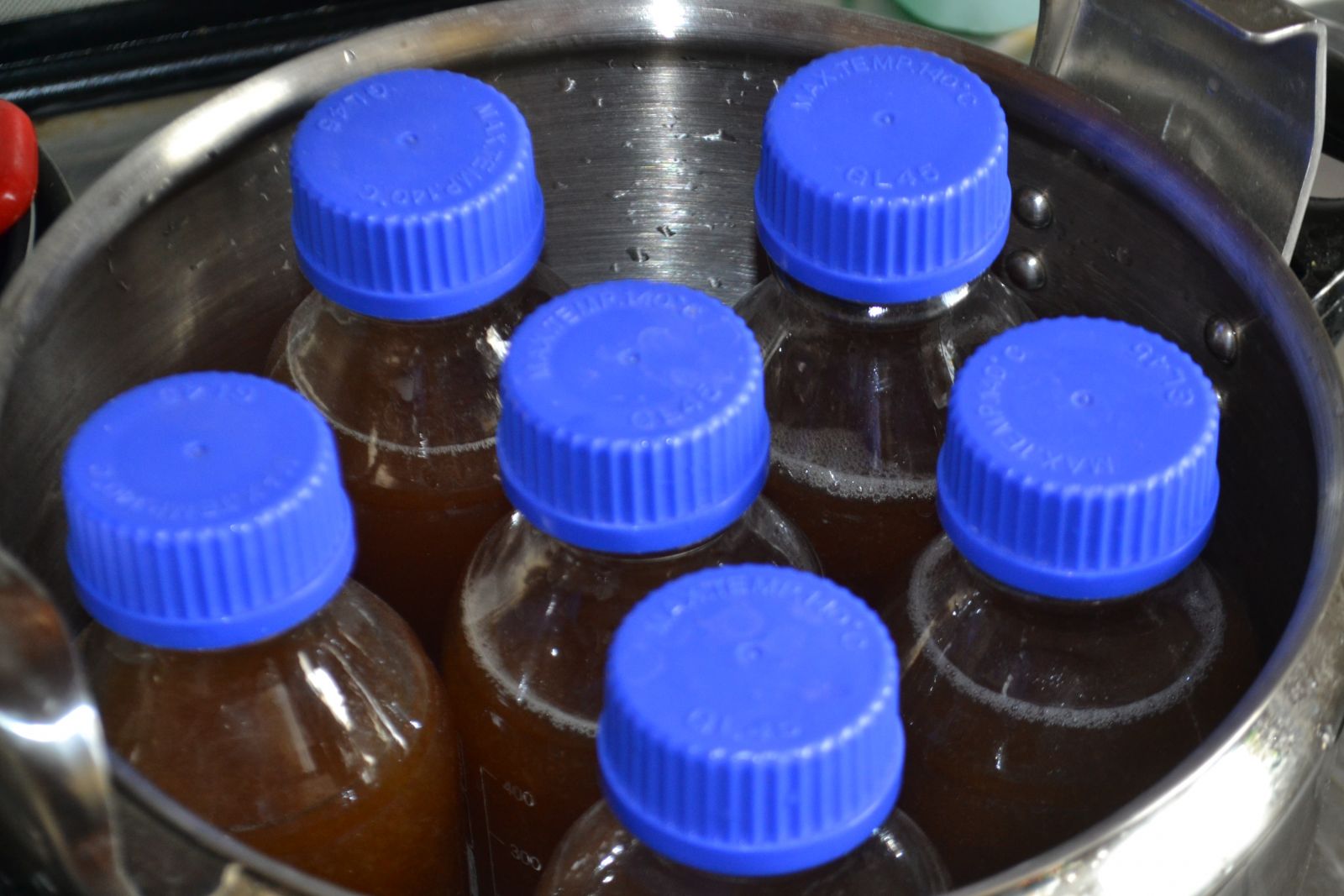

Kegerator
w Projekty "Zrób to sam"
Opublikowano
Jest możliwe że masz reduktor do Amerykanskie butle. 19,07 to jest 3/4"